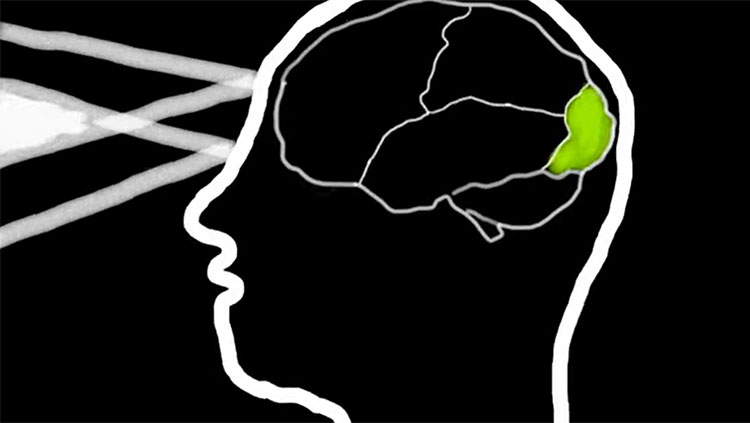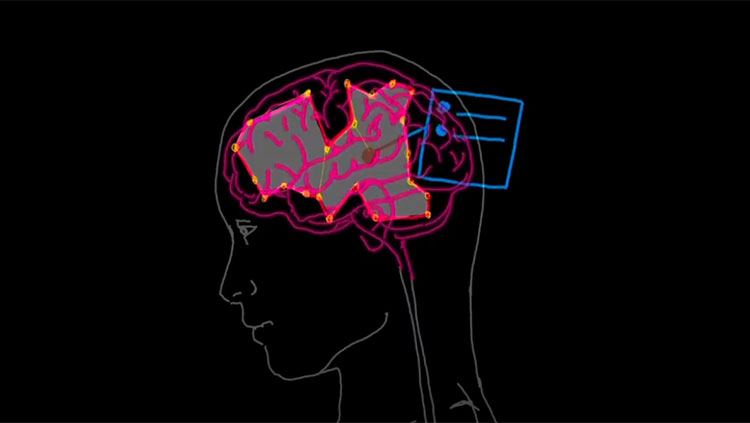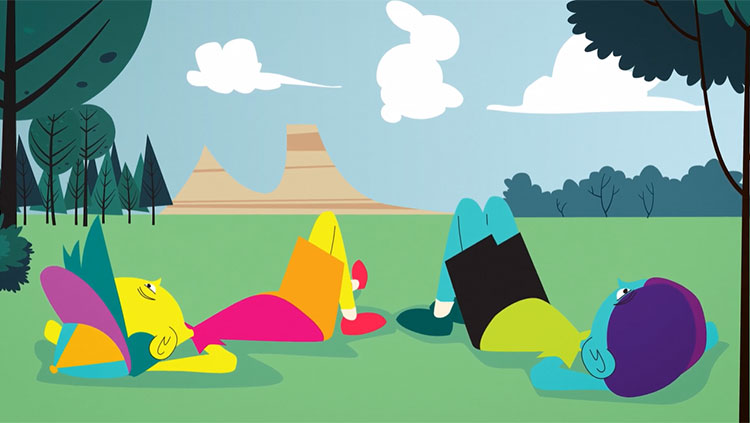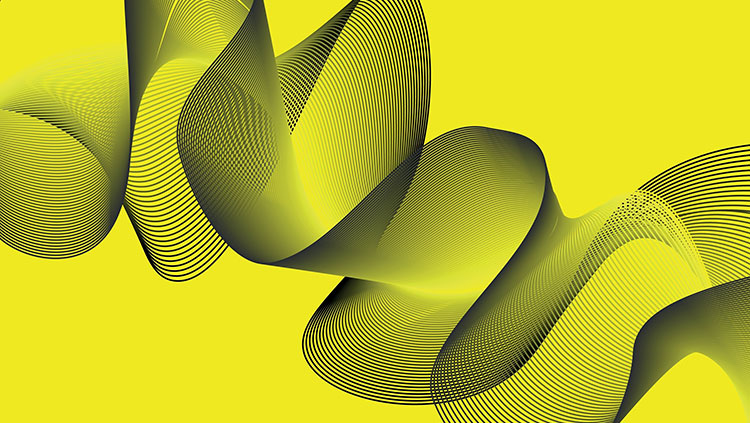Countless discoveries in the neuroscience field have improved people’s lives and our broader understanding of the human brain. But plenty of major puzzles remain unsolved, and when researchers do find answers, more questions tend to spring up.
We still don’t know the specific constellation of regions and processes powering emotions, for example, or making consciousness possible. A long list of rare brain disorders, too, have yet to be unexplained. But every person who pursues neuroscience and brings their unique perspective to the lab brings the field steps closer to unraveling these mysteries — and discovering new ones.
This is a video from the 2024 Brain Awareness Video Contest.
Created by Michael Tranter.
CONTENT PROVIDED BY
BrainFacts/SfN
Transcript
Well, we could say that it’s the study of the brain and the nervous system, sure.
But I’ve got a better definition for you.
Neuroscience is one massive puzzle, and probably the most mysterious and captivating puzzle there is.
To prove it, I’m going to take you on a journey where we look through some of the most mysterious things the brain does.
A journey that poses seemingly straightforward, yet immensely complex, questions.
And at the end of the video, I’m going to ask you a question, a question that could have profound implications for everything we know about the brain.
Are you ready?
Emotions.
This one might not seem like a big mystery, right? I mean, we can feel angry, sad, or happy.
We know what emotions are. Well, sort of?
Emotions likely played a crucial role throughout our evolution. Fear, for instance, would alert us to possible dangers, whereas joy and happiness would reinforce behaviors that might benefit us.
So, we know why we have them — where are they?
We used to believe that emotions were triggered when specific regions within the brain became activated. Throw in our memory regions too, so we could mix in our past experiences, and we would “feel” something. See a snake in the grass, bam — fear circuit activated.
However, delving deeper reveals a much more complex landscape.
Brain regions associated with one emotion may also play a role in opposing emotions. It's not simply about the isolated regions. It's more about the intricate flow of information across brain regions, maybe even the entire brain.
And do we all experience emotions in the exact same way, and do they change as we age?
While we may be familiar with the idea of emotions, it's actually remarkably difficult to answer some of these questions.
Rare disorders.
There are thousands of rare neurological conditions, each presenting formidable challenges for research.
One such condition is Capgras Syndrome, first characterized in 1923 by Joseph Capgras.
This complex delusional condition manifests itself as a belief that a loved one, or even the patient themselves, has been replaced by an identical-looking imposter. This delusion can extend to animals or objects, too.
It can develop from brain injury, dementia, or Parkinson's disease, but it is particularly prevalent in people already living with psychiatric disorders.
Despite ongoing research efforts, our understanding remains incomplete. It seems that brain regions for facial recognition and memory may struggle to synchronize with the brain's typical emotional processes.
But the more we can study and learn, the greater the positive impact we can have on patients’ lives, and the lives of loved ones and friends and family, who are also impacted.
But so often in neuroscience, it seems the more answers we uncover, the more questions we find.
Consciousness.
Our consciousness creates our inner thoughts, our awareness, our experience of time, our perception of life itself.
So, if we were to take this sheep brain and zoom in hundreds of times, we would see a vast network of cells and the communication between them.
But where does the physical nature of the brain end, and our mind — our consciousness — begin? And are they the same thing?
There must be something biological amongst the billions of brain cells, because we can alter consciousness through things like anesthesia or different drugs.
So, what are we missing here?
Consciousness may simply be a collection of sensory inputs — like what we see and feel and hear — processed so quickly that, to make sense of it all, our brain has to make a sort of thinking persona — an awareness, a consciousness.
And is that created here, in the frontal cortex, where our so-called higher order thinking occurs?
If that's true, then what sets apart our experience from those of dogs or cats, or fish and birds? What about bacteria? Viruses?
And what does consciousness actually look like inside the brain? Can we see it, can we touch it, can we feel it, can we take pictures of it? To be honest, when it comes to understanding the mysteries of our own consciousness, we don't really know.
Perhaps the best thing about neuroscience, or science in general, is that it belongs to you. To everyone.
So, whether you're watching this video, or reading books or articles, or tuning in to podcasts, or simply pondering the mysteries of the brain from the comfort of your own home, neuroscience welcomes your curiosity.
But, for those of you out there who see the brain as more than just as a collection of cells or chemicals, but a vast universe waiting to be explored. The lab is always open!
So, if you really want to uncover the secrets, help people live their best lives, and solve the mysteries of the brain, my question is this... What are you waiting for?
Also In Thinking & Awareness
Trending
Popular articles on BrainFacts.org







.jpg)









